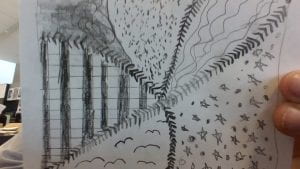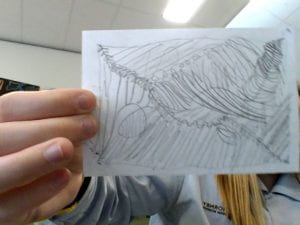Walt: learn about the different kinds of bacteria and hoiw they grow
there are good and bad bacteria and they are erverywhere.
bacteric like it to be/ live in places that are warm, darm and wet.
you can’t see bacteria unless its mold on food or wet things that have dried out.
they are small and
A flagellum (/fləˈdʒɛləm/; pl. flagella) is a hairlike appendage that protrudes from certain plant and animal sperm cells, and from a wide range of microorganisms to provide motility. Many protists with flagella are termed as flagellates.
A pilus (Latin for ‘hair’; plural: pili) is a hair-like appendage found on the surface of many bacteria and archaea. The terms pilus and fimbria (Latin for ‘fringe’; plural: fimbriae) can be used interchangeably, although some researchers reserve the term pilus for the appendage required for bacterial conjugation.
The nucleoid (meaning nucleus-like) is an irregularly-shaped region within the cell of a prokaryote that contains all or most of the genetic material. In contrast to the nucleus of a eukaryotic cell, it is not surrounded by a nuclear membrane.
The cell wall is the outer covering of a cell, present adjacent to the cell membrane, which is also called the plasma membrane. As mentioned earlier, the cell wall is present in all plant cells, fungi, bacteria, algae, and some archaea
Equipment
- agar dish
- cotton bud
- vivid
Mothod
- divide the agar in half by drawing a line on the underneath of the lid.
- collect the bactaria on a cotton bud from taps, compurters etc.
- wipe the swap onto the agar solution carefully making sure you do not damage the agar.
- put the pertri dish into the incubator for 1 week to allow the bacteria to grow.
- look at the bactaira under the microscope.






